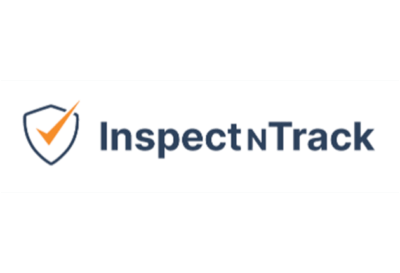Learn How InspectNTrack Can Save Companies Money on Inspections
When it comes to buying software for tracking and reporting on inspection compliance, financial returns aren’t usually the main reason for the purchase. However, being able to show cost savings can definitely help to secure project funding and justify the need for inspection software. Most software purchases need some sort of justification, and a Return on Investment (ROI) analysis can help prove or disprove the value of inspection software.
The InspectNTrack team performed an ROI analysis on an actual company who switched from paper-based inspections and found that the company saved an astonishing $17,488.92 per year after purchasing InspectNTrack!
Return on Investment, or ROI, is a simple calculation. The first step is to understand all the hard costs associated with the inspection program. Once the hard costs are determined, a time study will reveal the true expenses associated with operating the program from a financial and employee resource perspective. The time study should be performed with both the traditional program and the InspectNTrack program so that cost savings can be calculated.
Hard Cost Considerations
ROI in Action – A Real Customer Story
The following ROI calculation was built with data collected by an actual InspectNTrack customer. It is a small medical facility that switched from manual, paper-based inspections to InspectNTrack software. The facility performs 1050 inspections per month on a variety of items including eye-wash stations, exit signs, chemical inventory, hazardous materials, laboratory equipment and lab safety.
The first step in the calculation is to determine the per-inspection hard cost for both the manual method and the InspectNTrack method. In order to simplify the calculations in this example, minutes were converted to fractions of an hour as follows:
| 1 minute =.0167 | 3 minutes = .05 | 10 minutes = .167 |
| 2 minutes =.033 | 5 minutes = .167 | 15 minutes = .25 |
| Manual Process | With InspectNTrack | |
|---|---|---|
| DOCUMENTATION | ||
| Amount of time spent documenting information during each inspection | 0.05 | 0.0250 |
| Average hourly wage of employees completing inspections | $25.00 | $25.00 |
| Documentation Cost Per Inspection | $1.25 | $0.63 |
| DATA ENTRY & FILLING | ||
| Amount of time performing data entry and/or filing for each inspection | 0.0830 | 0.0125 |
| Average hourly wage of employees performing data entry and filing | $15.00 | $15.00 |
| Cost per inspection for data entry/filing | $1.25 | $0.19 |
Total cost of documentation and data entry/filing per inspection | $2.50 | $0.81 |
Now that we have determined the per-inspection hard costs associated with each inspection method we can multiply those costs by the total number of inspections performed to obtain a total monthly cost for each inspection program. We will also add in time and expenses for compiling reports each month.
| MANUAL INSPECTIONS | Per Unit Cost | Total |
|---|---|---|
| 1050 monthly inspections | $2.50 | $2619.75 |
| 4 hours report compiling | $25.00 | $100.00 |
| Total Monthly Cost | $2719.75 |
| INSPECTNTRACK | Per Unit Cost | Total |
|---|---|---|
| 1050 monthly inspections | $0.81 | $852.34 |
| 0.4 hours report compiling | $25.00 | $10.00 |
| Total Monthly Cost | $862.34 |
InspectNTrack Saved the Customer $1,857.41 per Month in Hard Costs. This represents a 364% return on investment!
Furthermore, the InspectNTrack software purchase paid for itself in only 3 months.
Beyond ROI – More Reasons to Automate
While ROI is undoubtedly a key part of the decision making process, there are plenty of additional reasons to automate fire and life safety equipment inspections. Underlying benefits provide immense value to the organization that are hard to place a simple monetary calculation on. The following list includes some of the most notable benefits.
Keeping it Real
Want to access a printer friendly write-up of our ROI calculation study to share with your team? Input your information below for immediate free download.

